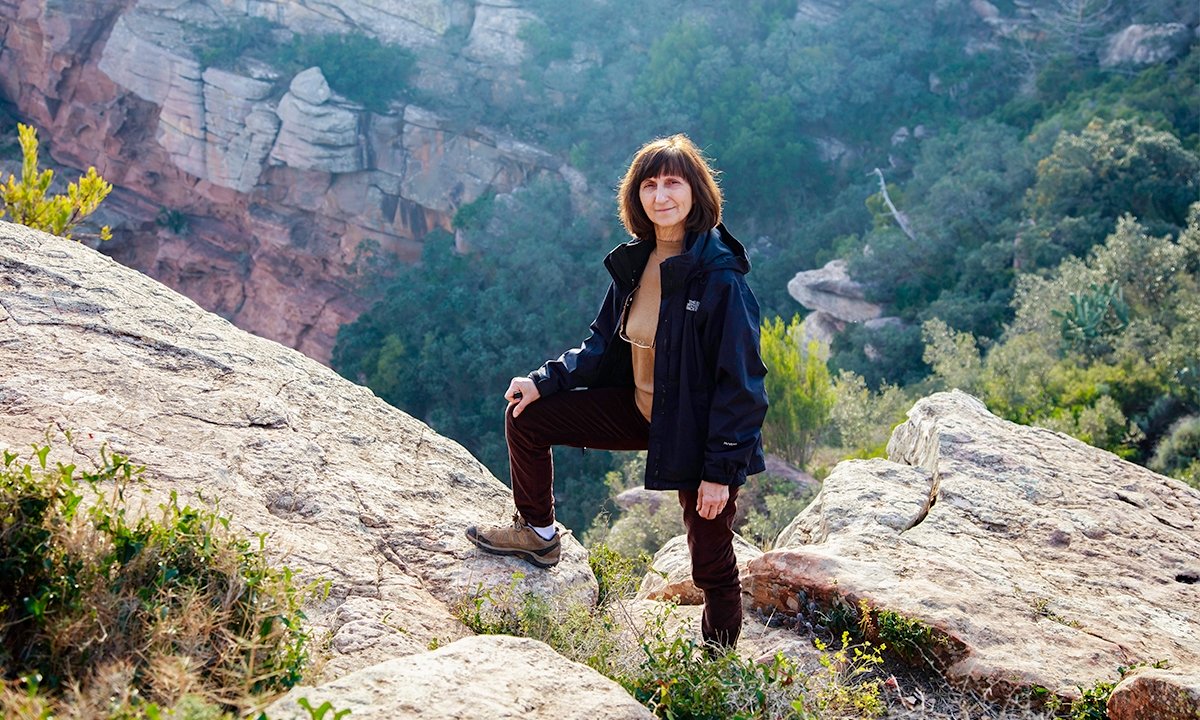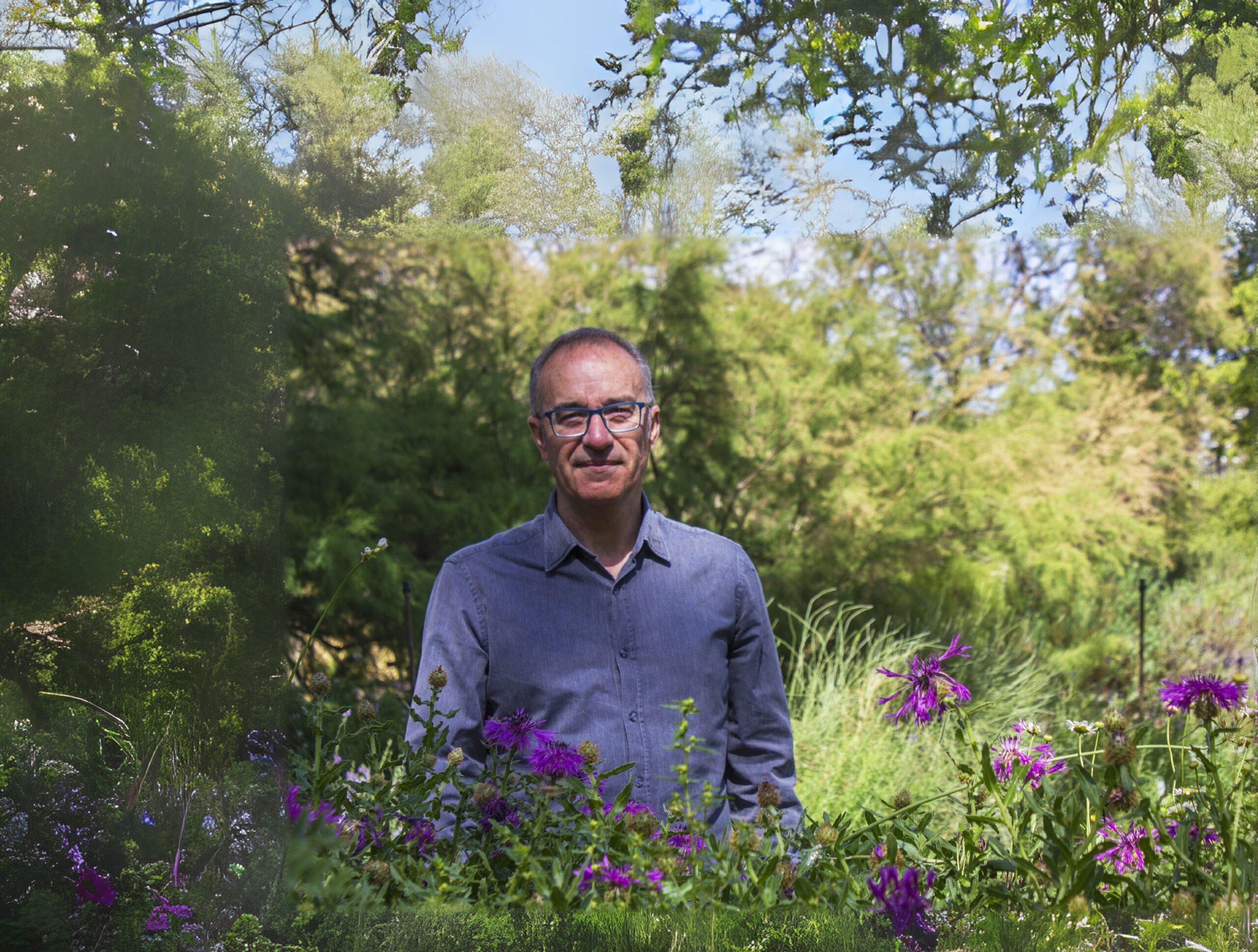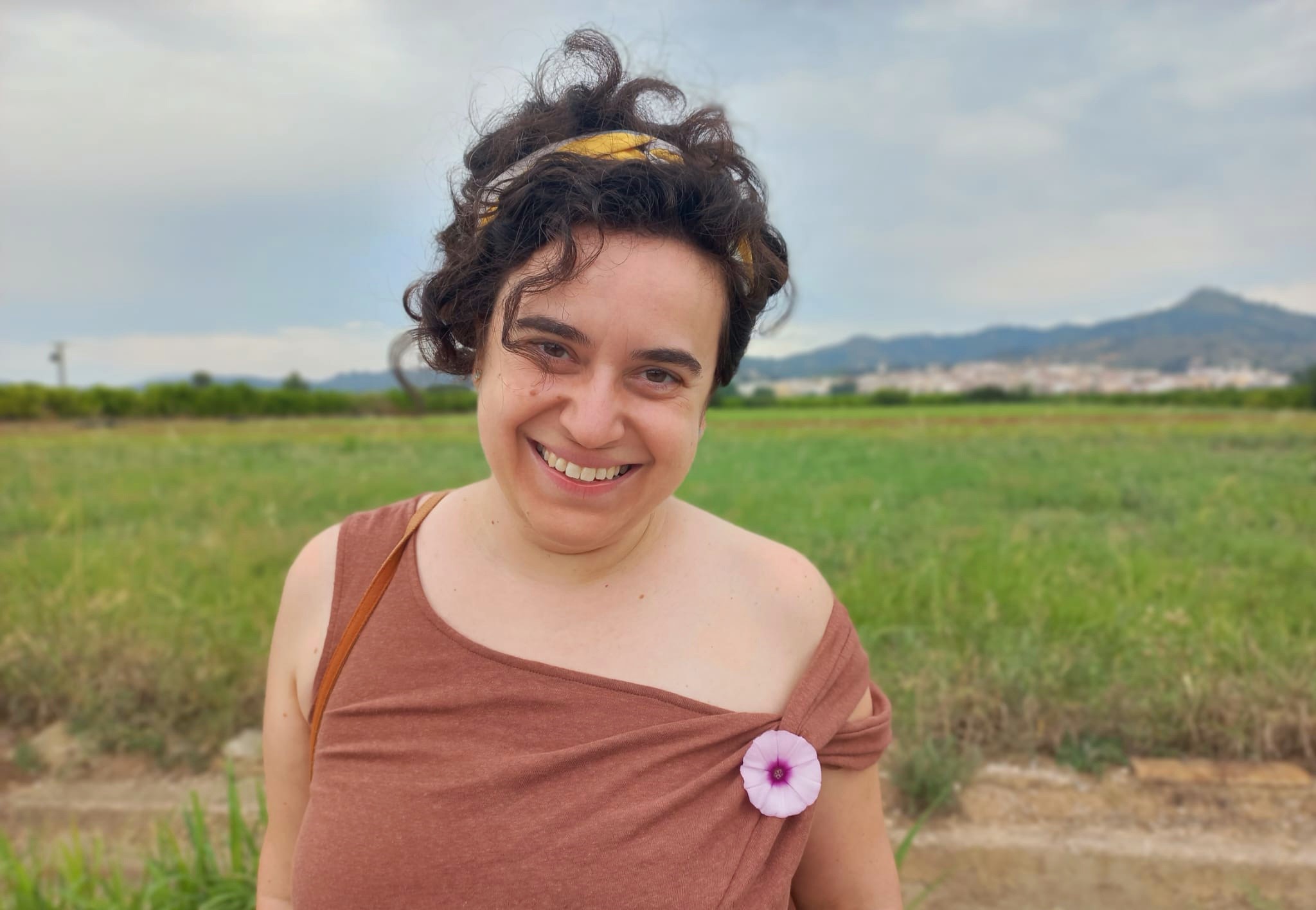Botanist of the month: Dani Ballesteros
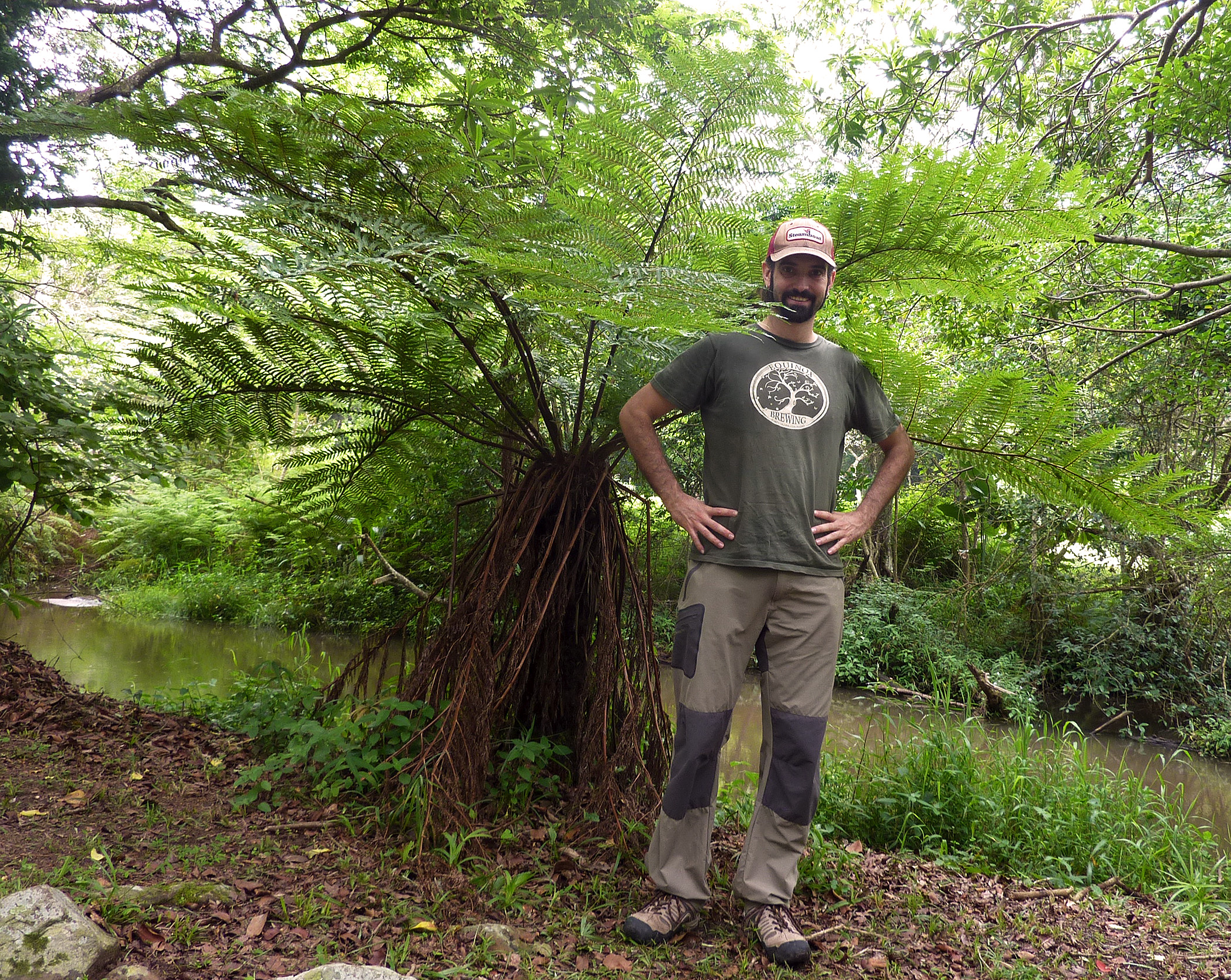
Interested in nature conservation from a very early age, he developed his doctoral thesis at the Jardí Botànic de la Universitat de València and has worked in six research centers of five different countries, Dani Ballesteros, a specialist in plant genetic resources conservation and researcher at the Royal Botanic Gardens of Kew (United Kingdom), is our botanist of the month.
What attracted you to botany?
Closed forests and its fresh, mysterious atmosphere. In my GCSE third year, I had a teacher who send us a botanical work where we had to learn about the Mediterranean ecosystems and their species. I was very attracted to the Holm Oak itself and to its need for conservation due to its recession and anthropological pressure. The nature conservation theme has always been linked to my personal interests as a mountain enthusiast and scout. While studying biology at GCE, later, I always had a physiology and plant anatomy predilection, which continued during my biology studies at the university, where I found out that conservation biology was not only a hobby but also a professional and scientific option.
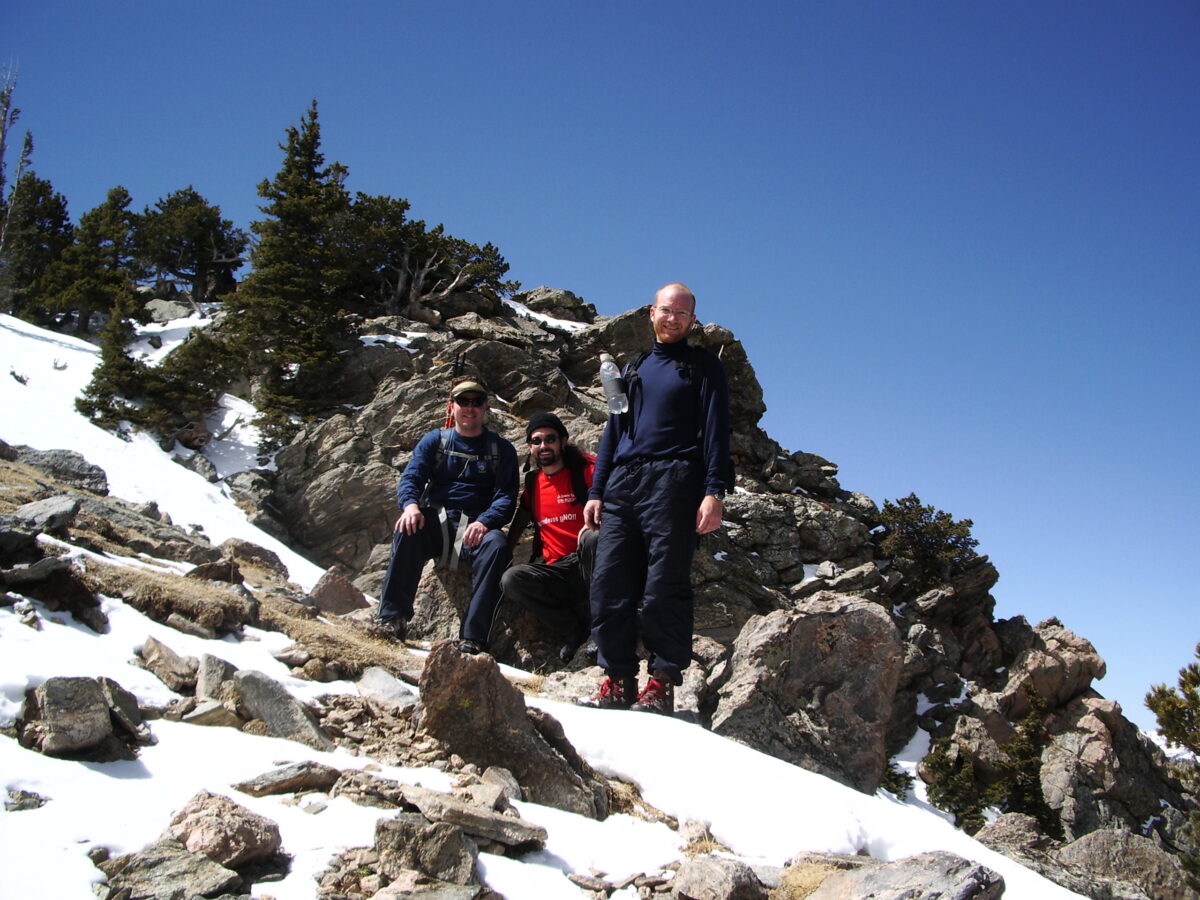
Could you summarize your career path?
I got my biology degree in 2001, collaborating with Jardí Botànic de la Universitat de València during my last year. In the Jardí I developed the DAS and the doctoral thesis, between 2002 and 2007, and acquired my ferns predilection. My post-doctoral career has spanned more than 10 years, working in six research centers hosted in five different countries across three continents. Many of these centers are my research’s field reference. Since 2015 I’m working at the Royal Botanic Gardens of Kew (United Kingdom) as a researcher. I hope to consolidate my professional career with a steady job, hopefully not too far in the future.
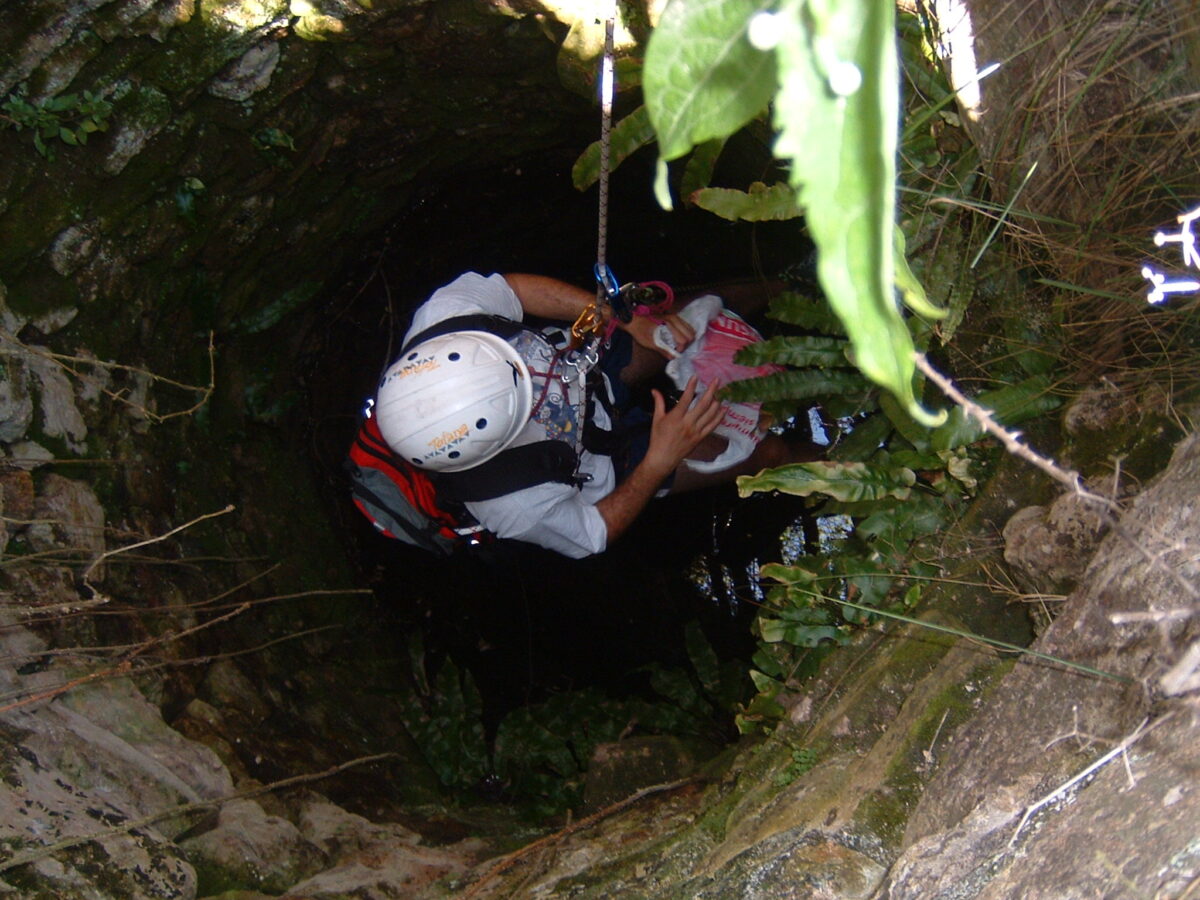
Mas Querol Vallibona, recolectant Phyllitis scolopendrium (2004).
What does your job consist of?
I do basic research on the tolerance of various plants’ propagules to drying and low temperatures. I also investigate the fundamental mechanisms of various germplasm’s longevity, from single-celled spores to more complex systems (e.g. seeds). My whole basic research has an applied variant, both in the cryopreservation protocols development for threatened plants and in the current standard seed storage protocols improvement. My basic research often requires biophysical and structural techniques use, which usually makes me face other science disciplines, different but very interesting.
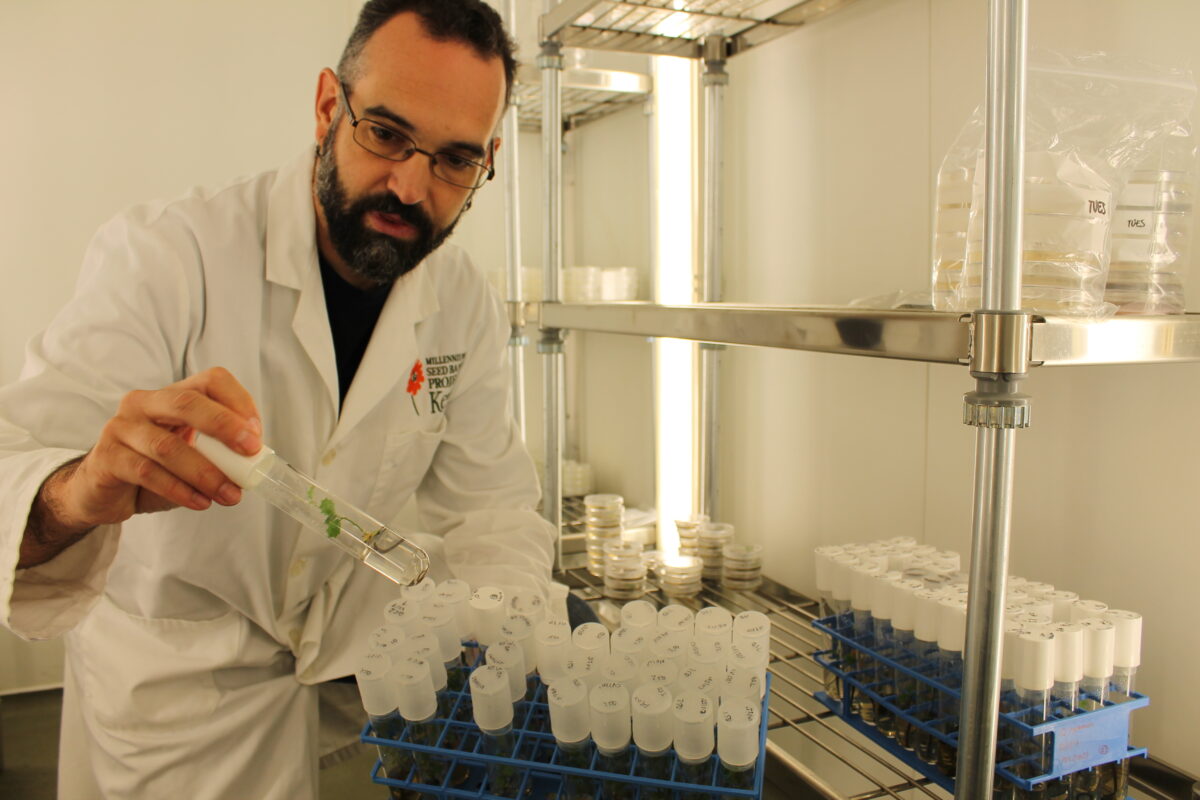
Your specialty is the plants’ genetic resource conservation science. What caught your interest in this field of study?
Overall, I was interested in Noah’s ark idea but for plants. I thought it was great to generate an endangered species “backup” (of those desired for their use and consumption by humans), in order to be able to replenish them in the future. There are standard protocols and methodologies for this task (drying and storing in a freezer) using seeds, spores, and pollen as the material to conserve. Not all seeds and pollen can be stored using standard methodologies (or do not tolerate drying, freezer, or both), and not all preserved materials survive long storage. These scientific aspects of plant genetic resource conservation captivated me, among all of them, those related to how cellular and tissue structure (in seeds, spores, pollen, and other tissues) is essential for the ability to survive long-term drying and low temperature.
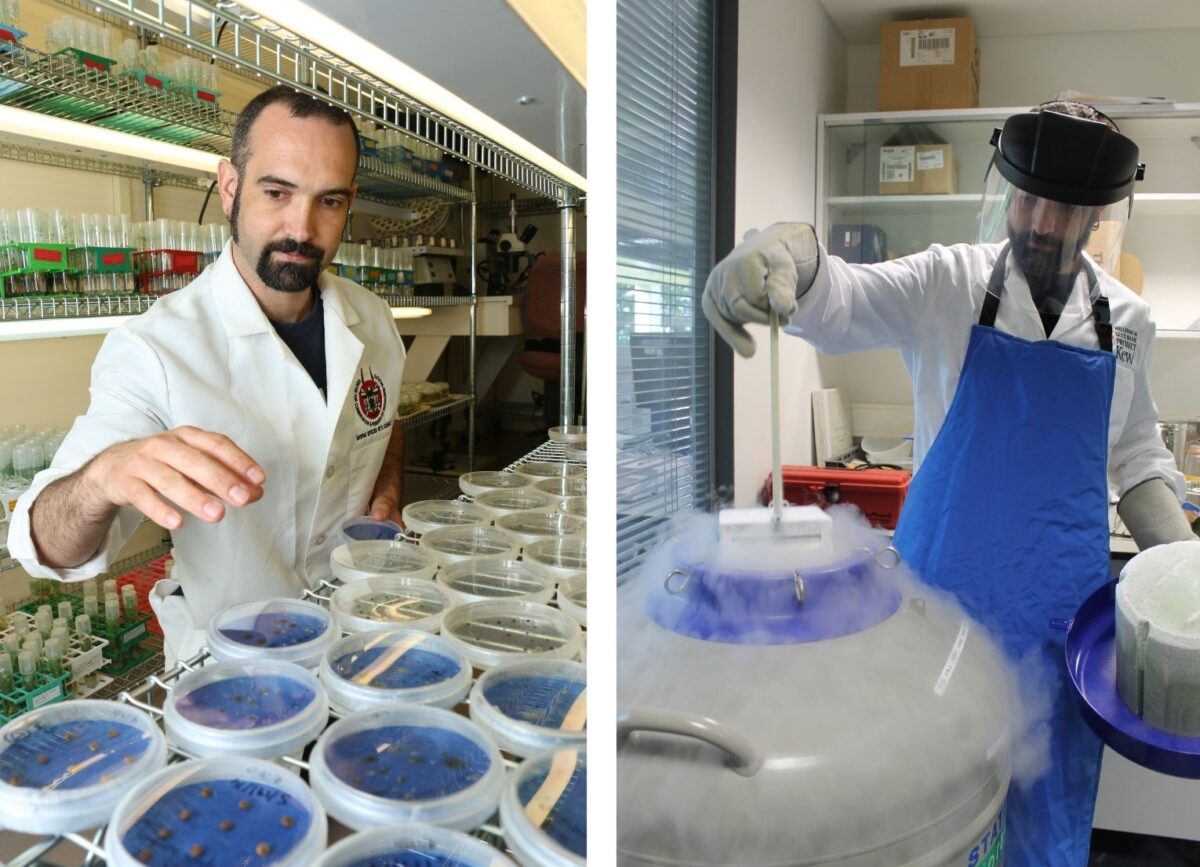
There is any project you are especially proud of having participated in?
Several projects made me proud of my job, it’s hard to choose one. Over the years I worked at the Jardí Botànic, for example, I contributed to establishing and developing the fern spore bank with my doctoral thesis as result. Fern spore banks retain an important but often undervalued part of the flora. At the global level, they are not very usual and the Jardí can boast of having one of the existing few (and the oldest one). Thanks to the knowledge acquired in this project, apart from other institutions’ later research, I have been able to help different institutions across the planet develop fern conservations manuals and create new spore banks. I am proud to promote and help this beautiful plants group conservation through my job. I am also very proud of my work on the biophysics and structural biology of seeds and spores in relation to their drying tolerance and longevity. This complex and unique job contributes to my scientific reputation in the field, but not only. The fact of gaining new knowledge allows me to review and improve the standard seed storage protocols globally used.
Your investigation team…
It is located in Wakehurst Place, the Royal Botanic Gardens Millennium Seed Bank’s home of Kew. It is the seed comparative biology team within the plant and fungal comparative biology department. Its nucleus is formed by Hugh W. Pritchard (leader and alma mater of the group) and four principal researchers, among whom I am. There usually are master’s and doctoral students and our laboratory is visited by a variety of international visitors and collaborators. My team colleagues are experts in different seed biology fields, for example, Louise Colville is a biochemical expert in seed longevity aspects, Anne Visscher is a molecular biologist and is interested in how seeds survive extreme stress (for example in deserts and other outer spaces), and Charlotte Seal is a physiologist and biochemist in biological and ecological seed germination aspects. I supplement the group with my experience in seed longevity structural aspects and cryopreservation.
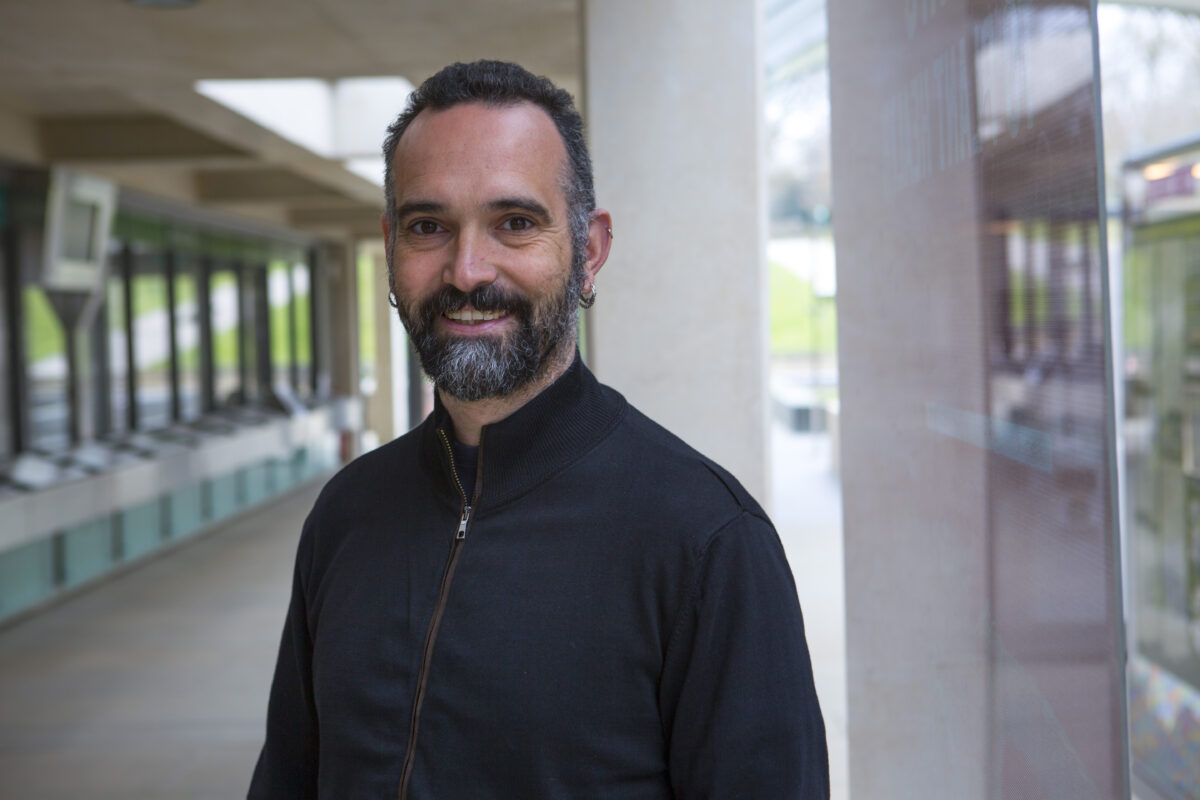
Tell us about the projects you’re working on right now.
I’m working on two projects, mainly. The first one is related to tree seeds cryopreservation (liquid nitrogen conservation) that cannot be stored in conventional seed banks (i.e., dry at -20°C). These seeds, known as “recalcitrant”, can reach a third of the threatened flora, or even half of tropical rainforests trees. It’s a very important project due to the fact that the Quercus sp., for example, so familiar to our Mediterranean forests (Holm oak, Kermes oak, other oak trees, etc.), have recalcitrant seeds and, currently, there is no “backup” of either its Mediterranean species or any of the 600 worldwide recognized species, this all, despite being dominant and essential specimens in many ecosystems, recently threatened by some pathogens and human actions. In this project, I work not only with seeds and their embryos but also with pollen. The other project is related to the cells’ “architecture” when they are stored dry and to how these cells’ “dry architecture” conditions aging and death mechanism over time. This project leads me to work with both biochemical and quite complex structural and biophysical aspects. Fortunately, I have a wide collaborations network helping me in this task.
How do you think your job has changed over the years?
My job has evolved over the years from the simple physiological process description and measurement (germplasm aging) to the innovative and novel approaches’ research to understand how a biological solid (let’s say a “rock” made of biological matter, which is what comes to be a dry seed or stored in liquid nitrogen) survives or ages over time. For this reason, I have followed two approaches. Firstly, I have adapted some little used in biologies approximations and techniques but traditionally known in materials physics or engineering, such as differential scanning calorimetry or mechanical dynamic analysis. In recent years, I have benefited from technological advances in different fields, such as informatics and microscopic ones that have made possible the computerized microtomography, or neutron scattering techniques obtained in particle accelerators. The fact it’s never the same is a lovely thing about science, it must adapt and rejuvenate.
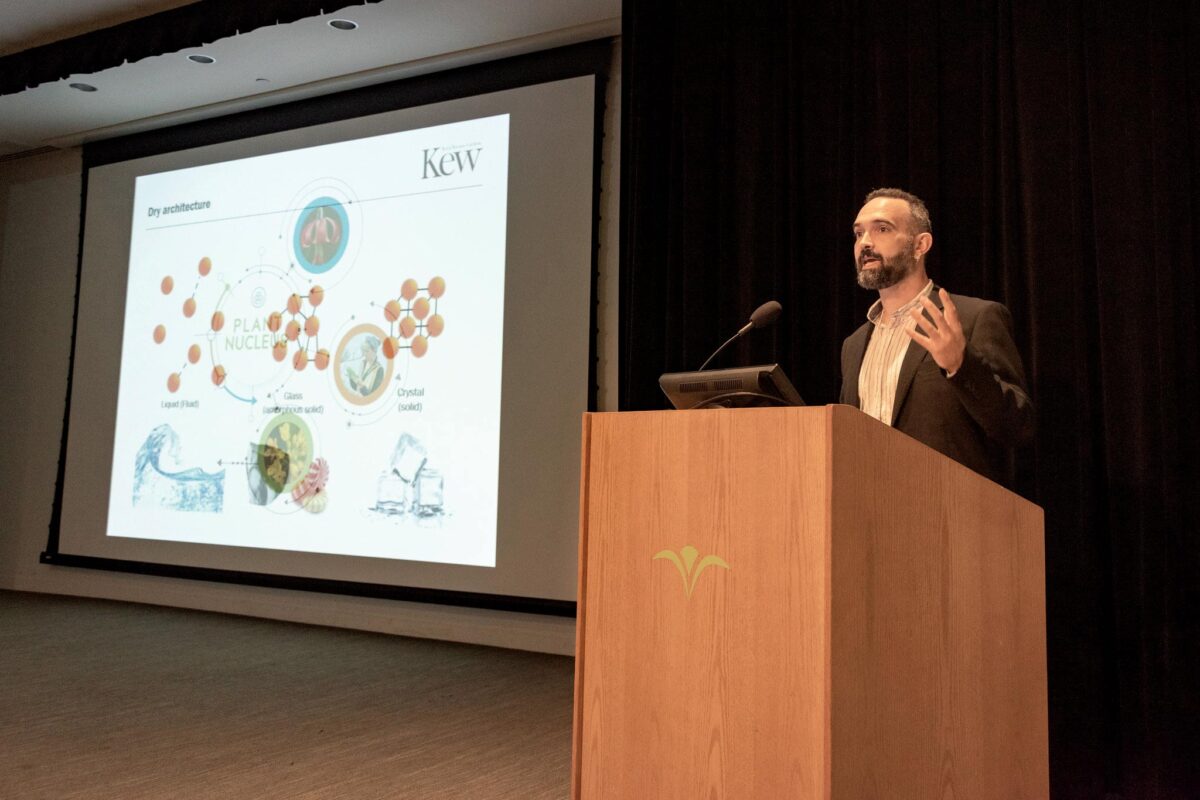
What is your relationship with the Jardí Botànic UV?
I have been in the Jardí from 2000 to 2007 as an internship student and collaboration fellow first, and as a pre-doctoral researcher later (Ana Ibars and Elena Estrelles were my directors and those who initiated me in science). I made very good friends and colleagues there, with some of whom I am still in touch through sporadic emails or WhatsApp messages. I cherish the Jardí and its people.
Have you met interesting people thanks to your job?
Thanks to my job I have traveled a lot in culturally different places, which gave me the opportunity to meet very interesting anonymous people and make good friends in multiple places. I also had the honor of working and becoming friends with some of the scientists who have marked the main research turning points concerning my specialty. In some fundraising events in the US and Kew, I have met and talked about my job with TV presenters, politicians, celebrities, and reach people. I wasn’t at Wakehurst the day our patron, Prince Charles of England, visited us.

Do you think your job allows you to learn about not related to botany topics?
Gives us an example. Yes. I am a trained biologist and botanist, but my scientific job in seed and germplasm conservation has moved me into related physics and mechanical engineering fields. In these fields I had to learn a lot, especially relating to experts who helped (and still help) me to apply unusual techniques in botany and to understand some very complex issues. My job has also allowed me to learn about politics (biodiversity conservation) and about the cultural aspects of many countries and people.
What is the spread importance? In the biology case, for example, there is enough?
The “plant blindness” term is now fashionable to indicate people’s blindness concerning plants. It means that if you ask people about a forest photo with hundreds of plants species and a deer, they will talk about the deer but, in general, none of them about the other hundreds of species present. Within plants, the algae, bryophytes, and pteridophytes could be considered the plant world blind spots. Generally, what the media talk about and what we pay attention to are majestic trees and beautiful flowers, never the mosses covering the trunks, or the ferns growing between stones. The scientific and botanical spread has an important role here, it must promote these less valued but ecologically and evolutionarily very important groups.
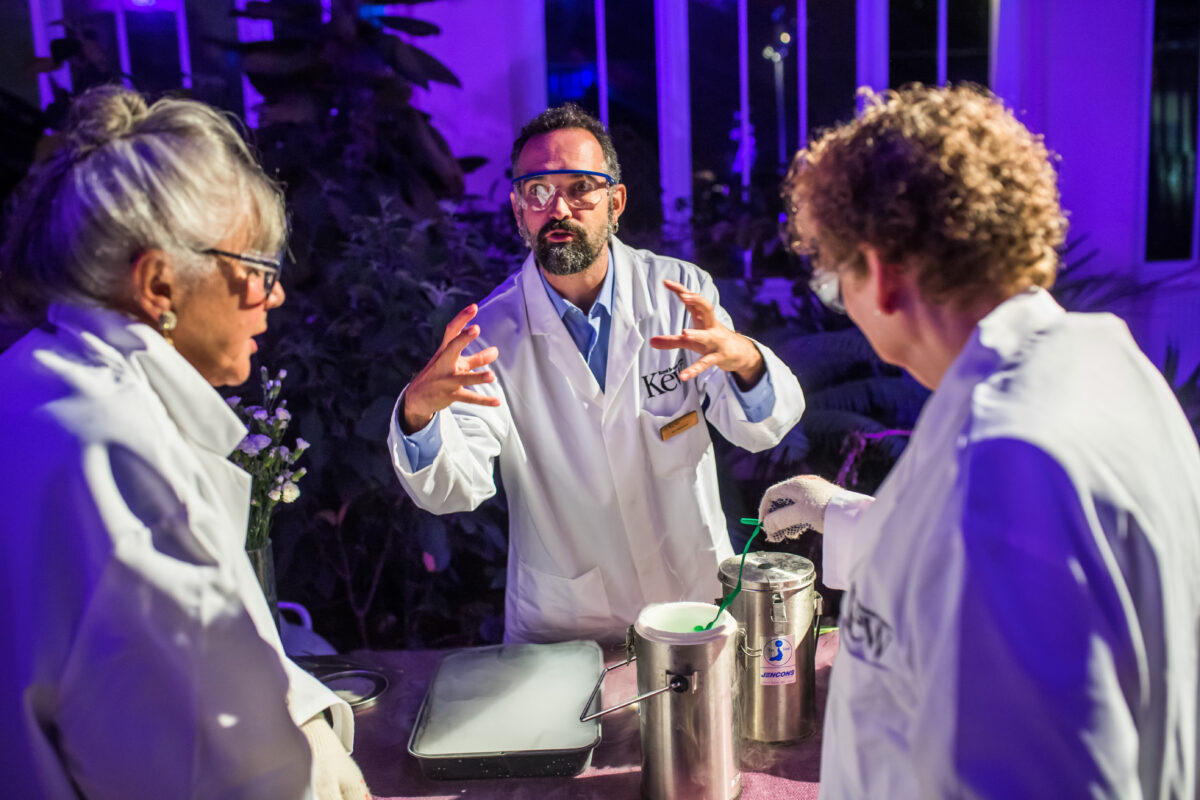
How do you assess the sector employment situation?
Badly, very bad. I’m not going to deepen the matter and raise flags but, from my point of view, there is just a little work in Spain, usually internally promoted and underpaid. For the many good scientists annually produced in Spain, this is abhorrent. And it’s not that many of us end up emigrating because of the lack of good opportunities. Furthermore, I get the feeling that internationally produced and trained scientists are not valued in Spain as much as those who keep on holding on in “the house”. It’s quite contrasting that in countries of deep-rooted scientific tradition such as the US, UK or Germany you can find multiple offers, they even fight over you, while job opportunities barely surface in your own country, and if they do it’s with absolute secrecy or administrative requirements difficult to face. It’s probably due to the general Spanish lack of science investment, but I tend to believe it is also a matter of tradition, culture, and universities and research institutes’ organization.
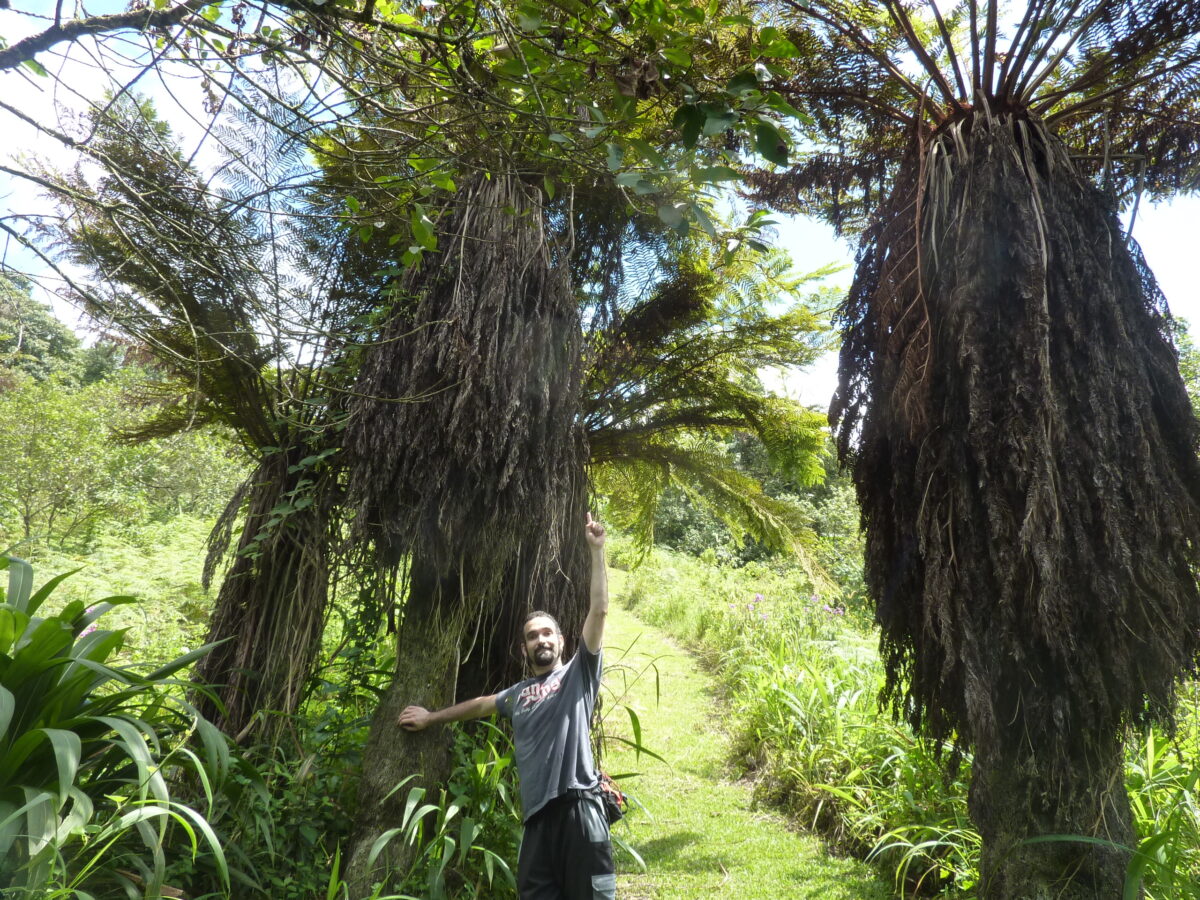
Do you consider yourself a particular botanist’s disciple?
I am fortunate enough to have some of my field’s reference people, such as Christina Walters, Hugh Pritchard, or Valerie Pence, as mentors and friends. Due to the experimental approaches I use, I am considered a Christina Walters’ disciple in the international professional field.
What botany period would you have liked to live in and why?
Perhaps the Victorian period in the UK. A time that generated great scientific advances such as Darwin’s Origin of species theory. It was a time of great expeditions and botanical discoveries, with botanical gardens such as Kew or Jardí Botànic de la València as botany references and promoters. Also, a time when the fact of being a scientist was professionalized and there was a great passion for horticulture, particularly for ferns.
What kind of tools do you need for your job?
Basically, an in vitro culture laboratory and controlled growth chambers, specialized physic-chemical equipment (e.g. differential scanning calorimeter, mechanical dynamic analyzer), cryo-microscopy access, a computer, and good seed, pollen, and spores collection.
Imagine having as much budget as you want. What would your job be like then? What would be better?
I recently had to draw up a budget for a hypothetical biobank and cryo-biotechnology research center in the UK, and we were told to spare no resources. A five years budget was about four million euros, basically including everything I needed to improve my current working conditions: a permanent contract with a salary commensurate with my experience, a couple of lab technicians as help for experiments, and a few specialized staff members, some new analysis elements, and a dedicated laboratory. I would have added to building the hypothetical research center in the Comunidad Valenciana instead of the humid West Sussex. All of this would make me happy. My productivity could be at the top and I could preserve a large number of plant species ex-situ lacking “backup” in today’s germplasm banks.
Are you allergic to any plants? Maybe to Pollen?
Yes I do, to olive pollen and grasses.






